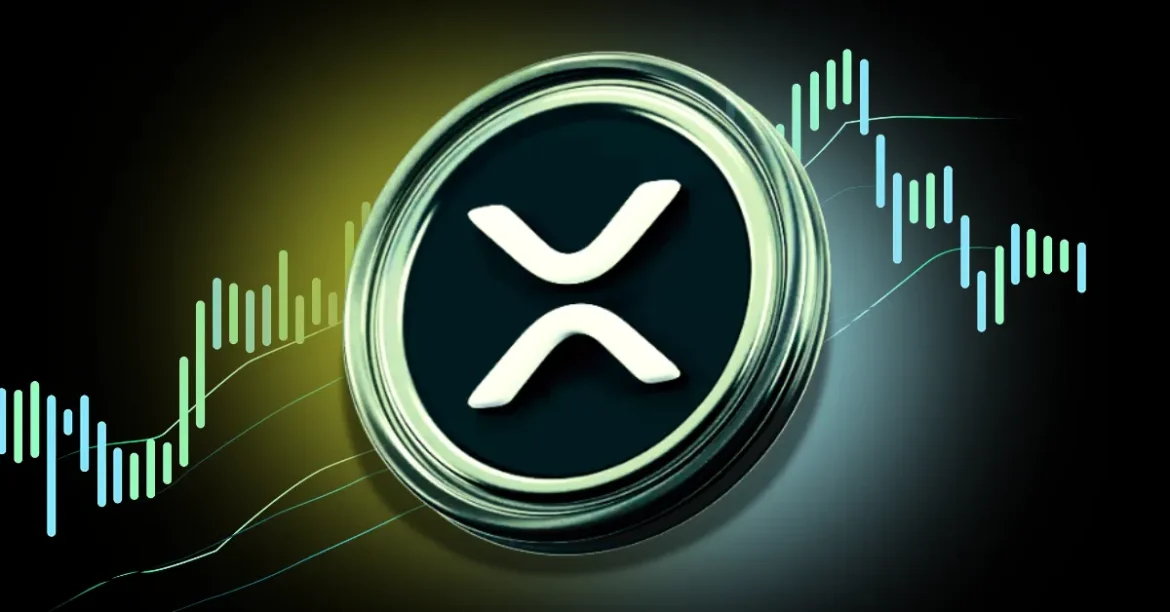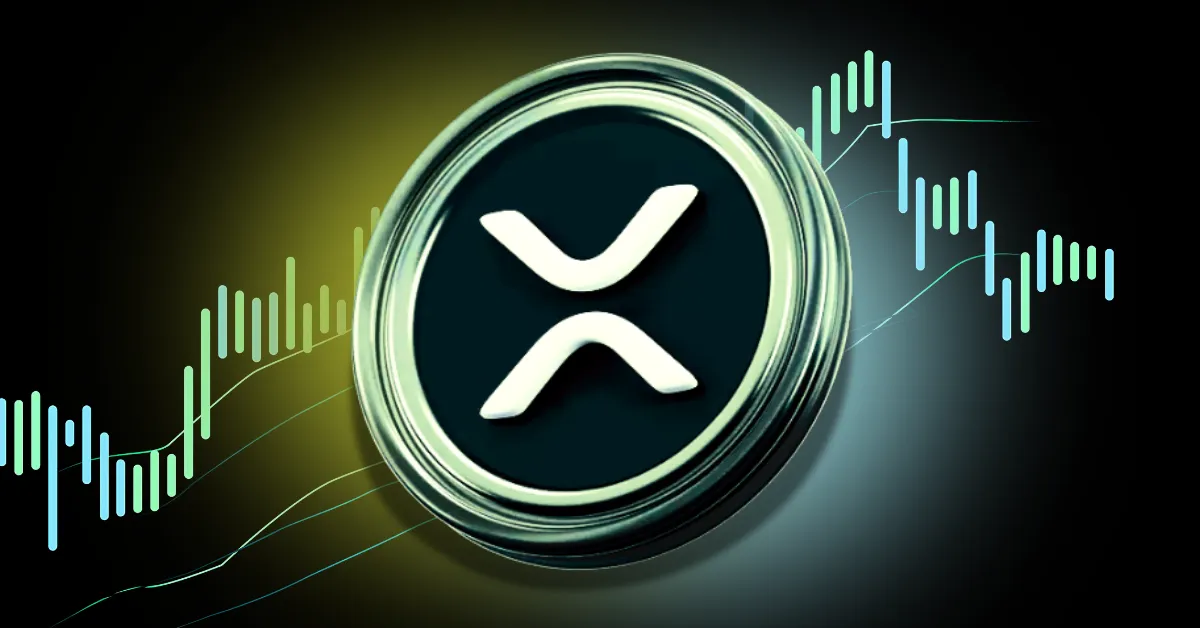Why XRP Is Gaining Institutional Trust and Momentum
Over the past several years, XRP, the native digital asset of the Ripple network, has transitioned from a speculative token to a significant player in institutional digital finance. Increasingly, XRP is emerging as a trusted, scalable solution among banks and financial institutions for global payments. This analysis unpacks why XRP is winning institutional trust amid legal battles, market developments, and an evolving regulatory landscape, while highlighting its technical strengths and strategic positioning.
—
XRP’s Appeal: Built for Real-World Scale and Speed
Unlike some other cryptocurrencies that gained notoriety through hype and decentralized narratives, XRP was architected with practical use cases at its core. It leverages a unique consensus mechanism distinct from traditional proof-of-work or proof-of-stake models, enabling near-instant settlement times and extremely low transaction fees. These features present clear advantages for financial institutions for cross-border payments where speed, cost, and reliability are critical.
The ongoing adoption by over 300 financial institutions globally underscores how XRP’s technology enables trustless and instant value transfers across borders. The XRP Ledger (XRPL) provides a decentralized, secure, and efficient infrastructure for banks to settle transactions in seconds, saving on costly intermediaries and unlocking capital that might otherwise be tied up in legacy processes.
—
Legal Battles: A Mixed But Pivotal Victory
XRP’s institutional rise has coincided with a protracted and highly watched legal battle between Ripple Labs and the U.S. Securities and Exchange Commission (SEC). The key legal question revolved around whether XRP constitutes a security that must comply with federal securities laws.
– In a landmark ruling, a federal judge determined that XRP is not a security when sold on public exchanges, which was hailed as a major victory for Ripple and the broader crypto industry.
– However, the same ruling classified XRP sold directly to institutional investors as unregistered securities offerings, leading Ripple to pay $125 million in civil penalties.
– Despite the fines, Ripple’s ability to continue institutional sales, the court’s nuanced stance, and regulatory clarifications have reassured major investors and institutions about XRP’s legal standing.
This partial victory helped XRP surge roughly 20% immediately after the ruling, signaling market confidence that regulatory clouds are lifting. The legal clarity is essential for institutions with compliance mandates before deploying significant capital in digital assets.
—
A Strategic Focus on Institutions Over Retail
Ripple’s strategy diverges from cryptocurrencies like Ethereum and Bitcoin, which have broad retail user bases and various DeFi applications. Ripple aims explicitly to serve banks, payment providers, and corporate clients rather than individual retail traders.
– Institutional adoption has been robust, with growing interest in XRP-based products such as ETFs, custody solutions, and payment gateways.
– Companies including American Express and Santander are among Ripple’s partners, signifying strong endorsement from high-profile financial players.
– Institutional investors absorbed $37 million worth of XRP in a single week in 2025, even as Bitcoin and Ethereum experienced outflows, illustrating shifting preferences within the institutional crypto segment.
XRP’s focus on delivering practical value in the financial ecosystem, rather than speculative trading, appears to fortify its reputation as a dependable instrument for mainstream digital finance.
—
Market Performance and ETF Developments
The market dynamics surrounding XRP align with broader institutional interest:
– XRP witnessed a remarkable 266% spike in institutional purchases within a short window following positive legal developments.
– XRP’s trading volume surged 40% in early 2024, reflecting heightened liquidity and adoption.
– New ETF proposals, like the “21Shares Core XRP Trust,” signal maturing infrastructure in the investment landscape, allowing institutions to gain regulated exposure to XRP without directly handling cryptocurrencies.
– The recent debut of Ethereum ETFs also boosted institutional confidence in crypto assets, indirectly benefiting XRP by association with a growing regulated crypto market.
These developments underscore a strengthening ecosystem where XRP is becoming a mainstream, investable crypto asset for institutions.
—
Ripple’s Regulatory and Strategic Milestones
Ripple has steadily earned critical regulatory permissions, including money transmitter licenses in major U.S. states and approval from New York’s Department of Financial Services. Such licenses enhance Ripple’s legitimacy and operational footprint within the highly regulated financial environment.
Additionally, Ripple’s development of stablecoin-powered cross-border payment infrastructure and expanding digital asset custody solutions indicates a diversified and mature business model that goes beyond the XRP token itself. This approach positions Ripple to capture substantial portions of the burgeoning blockchain-enabled financial services market.
—
Conclusion: XRP’s Path to Mainstream Institutional Adoption
XRP’s trajectory exemplifies the convergence of technology, legal clarity, and strategic business development necessary for mass institutional adoption of digital assets. While the Ripple-SEC case exposed vulnerabilities around securities compliance, its partial legal victory and subsequent regulatory progress have boosted XRP’s standing among institutional investors.
The token’s underlying technology—fast, low-cost, and scalable payment settlement—addresses real pain points in global finance, making XRP a compelling solution amid rising demand for reliable digital rails. With continued legal clarity, growing ETF availability, and deepening partnerships with financial giants, XRP is well-positioned not just to survive but lead in the race for institutional trust and blockchain-based financial innovation.
Ripple’s deliberate focus on serving institutional clients rather than retail speculation differentiates XRP in an increasingly crowded crypto landscape, highlighting a future where digital assets underpin mainstream finance on a global scale. As institutions continue to build confidence and regulatory frameworks adapt, XRP’s story is unfolding as a landmark case in crypto’s journey from fringe technology to foundational financial infrastructure.





